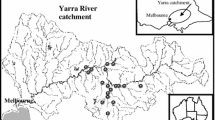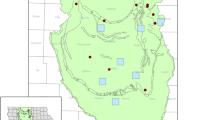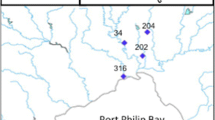Abstract.
Numerous studies are being conducted to investigate the occurrence, fate, and effects on human health and the environment from the extensive worldwide use of herbicides to control weeds. Few studies, however, are considering the degradates of these herbicides in their investigations. Our study of herbicides in aquifers across Iowa found herbicide degradates to be prevalent in ground water, being detected in about 75% of the wells sampled. With the exception of atrazine, the frequencies of detection in ground water for a given herbicide increased multifold when its degradates were considered. Furthermore, a majority of the measured concentration for a given herbicide was in the form of its degradates—even for a relatively persistent compound such as atrazine. For this study, degradates comprised from 60 to over 99% of a herbicide's measured concentration. Because herbicide degradates can have similar acute and chronic toxicity as their parent compounds, these compounds have environmental significance as well as providing a more complete understanding of the fate and transport of a given herbicide. Thus, it is essential that degradates are included in any type of herbicide investigation.
Similar content being viewed by others
Author information
Authors and Affiliations
Additional information
Received: 13 February 1998/Accepted: 27 May 1998
Rights and permissions
About this article
Cite this article
Kolpin, D., Thurman, E. & Linhart, S. The Environmental Occurrence of Herbicides: The Importance of Degradates in Ground Water. Arch. Environ. Contam. Toxicol. 35, 385–390 (1998). https://doi.org/10.1007/s002449900392
Published:
Issue Date:
DOI: https://doi.org/10.1007/s002449900392




